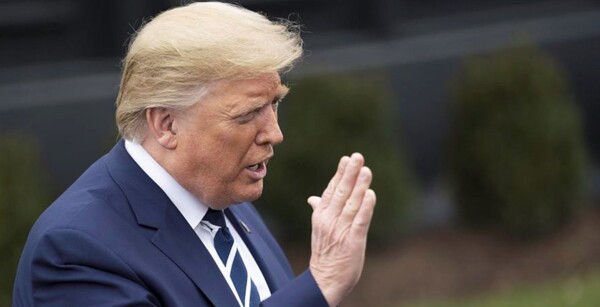
A possible solution in the negotiations could lead to the increase in Russian oil supplies to the global market, which, as noted by senior market analyst Priyanka Sachdeva from Phillip Nova, could significantly adversely affect oil prices. Also, on Sunday, U.S. Secretary of State Mark Rubia stated that Ukraine and Europe will participate in any 'real negotiations' to end Moscow's war, emphasizing that negotiations between the U.S. and Russia this week will serve as a test for Putin's seriousness regarding the world.
Sanctions imposed by the U.S. and the European Union on Russian oil exports have effectively limited supplies and disrupted maritime oil shipments. At the same time, the risk of a global trade war limits prices following last week when Trump instructed commercial and economic officials to study reciprocal tariffs against countries imposing tariffs on American goods and present their recommendations by April 1.
Oil prices remain practically stable on Monday, as investors monitored the events surrounding a potential peace deal between Russia and Ukraine, which could ease sanctions disrupting supplies for the global market. Brent crude oil rose 7 cents to $74.81 a barrel, while U.S. crude prices remained stable at $70.75 a barrel.
"In the face of negative circumstances, short-term prospects for oil appear supported positively by bullish signals from the supply side of the market," noted Priyanka Sachdeva, indicating that stability projections for oil supplies are significant.
U.S. President Donald Trump stated on Sunday that he believes he can 'very soon' meet with Russian President Vladimir Putin to discuss ending the war in Ukraine. His remarks come amid preparations for U.S. and Russia's initial negotiations in Saudi Arabia in the coming days.
U.S. energy companies last week for the third time in a row increased the number of oil and gas rigs, the first increase since December 2023, as reported by the energy company Baker Hughes in its latest report on Friday.
The number of oil and gas rigs, an early indicator of future production, rose by two to 588 in the week ending February 14.














